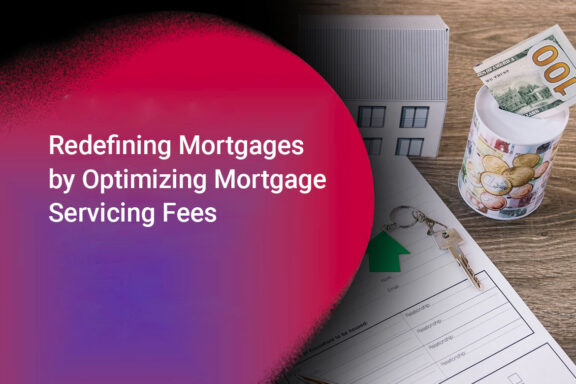In September 1994, President Clinton signed the Home Ownership and Equity Protection Act into law. This piece of legislation was written by Joseph P. Kennedy of Massachusetts. The law is designed to address some of the unfair and deceptive practices within home equity lending.
Basic Features
This law amends the Truth in Lending Act (known as TILA) and creates requirements for the particular loans with high fees and/or high interest rates. The specific rules for these loans are listed in Section 32 of Regulation Z, which is the section that implements the TILA. As a result, sometimes these loans are called “Section 32 mortgages.” Understanding the various features associated with these loans and the regulations under HOEPA is important for anyone connected to high cost home loans.
Covered Loans
A loan will be covered by this particular law if the following stipulations are met:
- A first-lien loan, which means the initial mortgage on a piece of property, the annual percentage rate is more than eight percentage points higher than the rate on Treasury securities
- For a second-lien loan, also known as a second mortgage, the APR will exceed 10 percentage points about the rates of Treasury securities
- The complete fees and points paid by the consumer at or before closing are higher eight percent of a total loan amount.
For the most part, these rules affect home equity installment loans or refinancing attempts that meet the same criteria for a high-fee or high-rate loan. These rules do not cover, however, reverse mortgages, home equity lines of credit, or loans to buy or build your home.
Disclosure Requirements
If you have read through the above criteria and determined that the loan in question is indeed eligible, the lender is responsible for sharing a few disclosures at least three business days prior to the loan finalization. These include:
- A written notice articulating that your loan is not required to be completed even when you have signed the loan application and received the disclosures. Borrowers have a three business day period in which to decide to sign the loan agreement or not.
- The disclosure also must lay out that if you fail to make payments, the lender has the right to take the home. In this case, the borrower can lose any money put into the home as well.
- The lender is also responsible for sharing details about the APR, regular payment amounts, and the loan amount in your disclosure statements.
Banned Features
This legislation also prohibits certain behaviors and requirements within these high-rate, high-fee loans, including:
- Any balloon payments. In this scenario, payments made by the borrower don’t pay off the principal balance in full. Instead, a lump sum payment which is more than double the amount of usual payments is mandated for loans with terms less than five years.
- Defaulted interest rates that are higher than pre-default rates
- Rebates of interest on default, calculated by unfavorable methods
- Negative amortization, which are smaller monthly payments that fail to pay off the balance of the loan while increasing the total principal debt.
- The majority of prepayment penalties. There are exceptions to this stipulation if the lender verifies that the total monthly debt is 50% or less of the borrower’s monthly gross income, if the money to prepay the loan comes from a source other than the lender or affiliate lender, or if the lender uses the penalty clause within the first five years of the mortgage.
- A repayment schedule that lumps together more than two periodic payments to be paid in advance from loan proceeds
- A due-on-demand clause. There are exceptions to this rule, too. If there is fraud or misrepresentation on behalf of the consumer with regard to the loan, if the consumer does not meet repayment terms, or if there is any consumer action that adversely impacts the creditor’s security, the lender can use a due-on-demand clause.
Creditors are additional forbidden from making loans based on the property collateral value without considering your ability to repay the loan. Proceeds intended for home improvement have to directly disburse to the borrower, the borrower and the home improvement contractor, or to the escrow agent. Creditors cannot document a high-cost closed-end loan as an open-end loan or refinance a HOEPA loan into a second HOEPA loan in the first 12 months of loan origination unless it is clear that such a move is in the borrower’s best interest.
If a borrower violates these regulations and requirements, a lender has the right to sue them. The borrower may be able to get actual and statutory damages in their suit as well as court costs and attorney’s fees.







No Comments